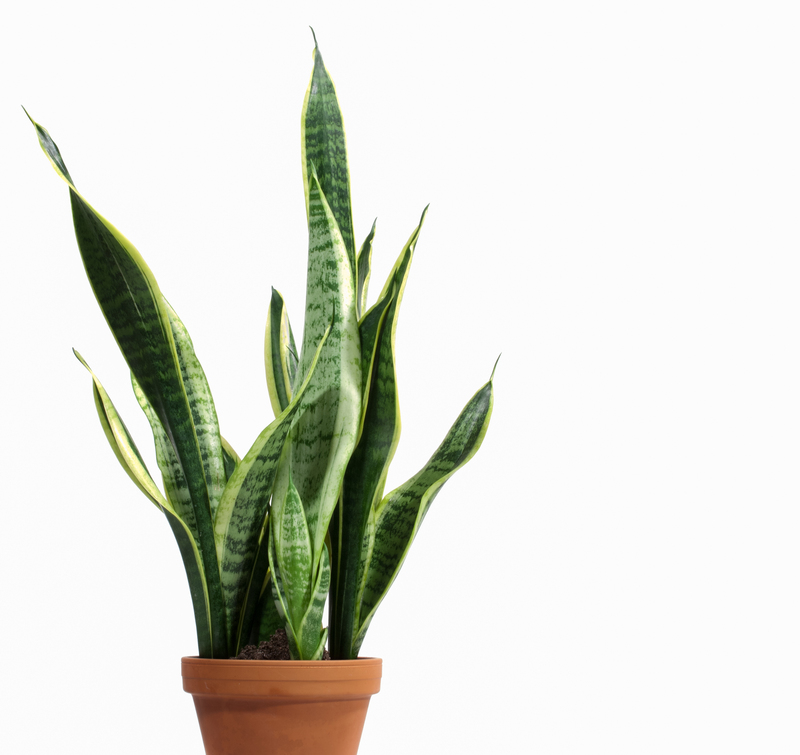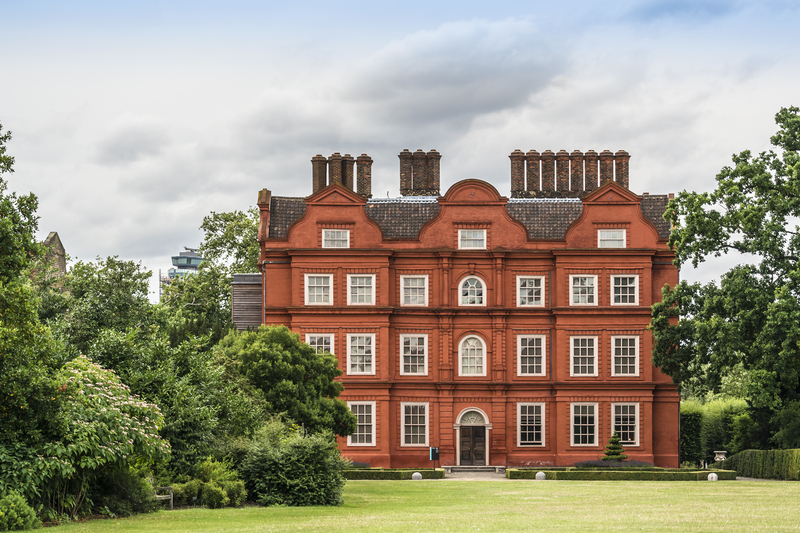Creating a Wildlife-Friendly Garden
Posted on 22/08/2025
Gardening isn't just about making a beautiful space for you to enjoy; it's also about supporting the local ecosystem. Creating a wildlife-friendly garden can bring numerous benefits, from boosting biodiversity to controlling pests naturally. Here's how you can transform your garden into a haven for wildlife.
What is a Wildlife-Friendly Garden?
A wildlife-friendly garden is specifically designed to provide a habitat for various forms of wildlife, including birds, insects, amphibians, and small mammals. Such gardens offer natural food sources, shelter, water, and breeding grounds, thereby fostering a healthy and balanced ecosystem.

Why Create a Wildlife-Friendly Garden?
Gardens that support wildlife contribute to the overall health of the environment. They help in pollination, improve soil quality, and control pests naturally. Moreover, creating such a garden can be rewarding for gardeners, offering an up-close view of nature's finest shows right at their doorstep.
Key Elements of a Wildlife-Friendly Garden
1. Native Plants
Native plants are adapted to the local climate and soil, making them easier to grow and maintain. They provide the best food and shelter for local wildlife. Examples include native wildflowers, shrubs, and grasses.
2. Water Sources
Providing a water source such as a pond, birdbath, or even a small water feature can attract a range of species. Ensure that the water is fresh and clean, and consider adding aquatic plants for added habitat complexity.
3. Shelter
Different forms of shelter like dense shrubs, trees, hedges, and even man-made birdhouses or insect hotels can provide safe spaces for wildlife to nest and hide from predators.
4. Food Sources
Include a variety of plants that offer nectar, seeds, berries, and leaves to cater to different wildlife diets. You can also incorporate bird feeders and fruit trees.
5. Avoid Chemicals
Using pesticides and herbicides can harm both the plants and the wildlife you are trying to attract. Instead, use organic practices and natural pest control methods.
How to Attract Specific Wildlife
- Birds
Plant berry-producing shrubs like holly and elderberry. Install bird feeders and birdbaths.
- Bees and Butterflies
Grow nectar-rich plants such as lavender, butterfly bush, and marigold. Avoid using pesticides that can harm pollinators.
- Amphibians and Reptiles
Create a pond and provide rock piles and log shelters. Dense foliage near water sources can also be beneficial.
- Small Mammals
Leave some areas of your garden a little wild with tall grasses and leaf piles. Provide small shelters or woodpiles for them to hide in.
Tips for Maintaining a Wildlife-Friendly Garden
1. Diversity is Key
Plant a variety of species to attract different forms of wildlife and create a balanced ecosystem.
2. Year-Round Interest
Choose plants that provide food and shelter throughout the year to support wildlife in all seasons.
3. Monitoring and Maintenance
Regularly check on your water features, feeders, and nesting sites to ensure they are clean and functional.
Pros and Cons of a Wildlife-Friendly Garden
Pros:
- Supports Biodiversity
Promotes various forms of life, aiding in pollination and natural pest control.
- Eco-Friendly
Reduces the need for chemical interventions and fosters a sustainable environment.
- Educational
Provides a living classroom for learning about ecology and wildlife behavior.
Cons:
- Initial Effort
Requires planning and initial installation of features like ponds and shelters.
- Maintenance
Some aspects, such as keeping water sources clean, demand regular attention.
- Potential for Pests
While attracting beneficial wildlife, you might also attract some less desirable creatures.

Takeaways
- Plant native species and provide a variety of food sources
- Include water features and shelters
- Avoid using harmful chemicals
- Regularly maintain and monitor the garden
Conclusion
Creating a wildlife-friendly garden may require some initial effort and planning, but the rewards are well worth it. Not only will you have a beautiful, vibrant garden, but you'll also contribute to the well-being of local wildlife and the broader ecosystem. By incorporating native plants, water sources, shelters, and alternative pest control methods, you can create a sanctuary that supports and celebrates nature.
By investing in a wildlife-friendly garden, you are taking a meaningful step toward environmental conservation and sustainability. Happy gardening!




